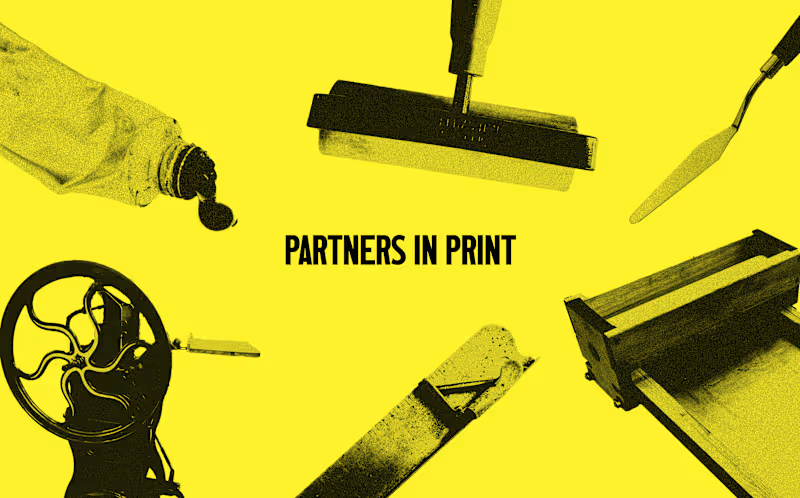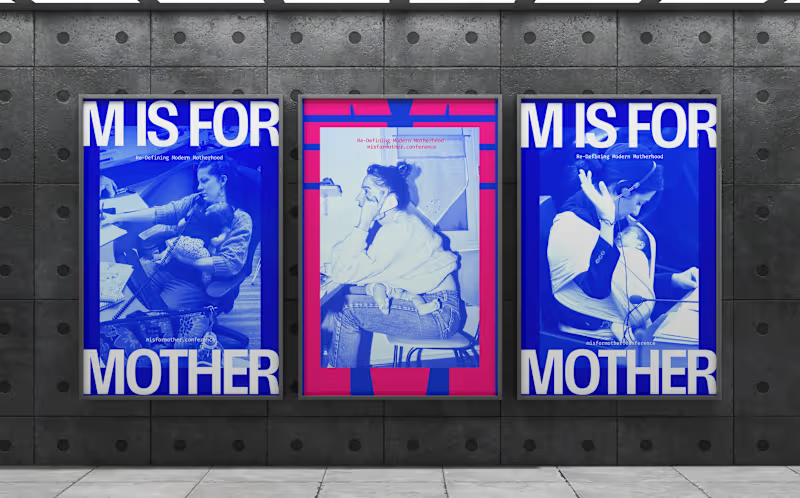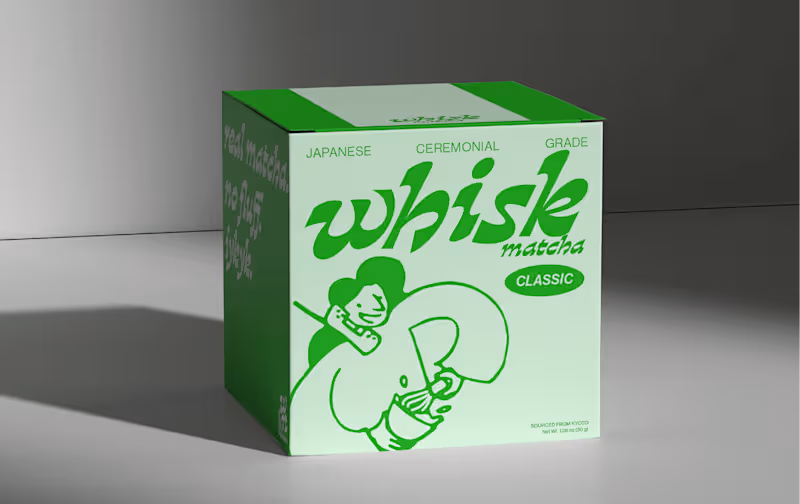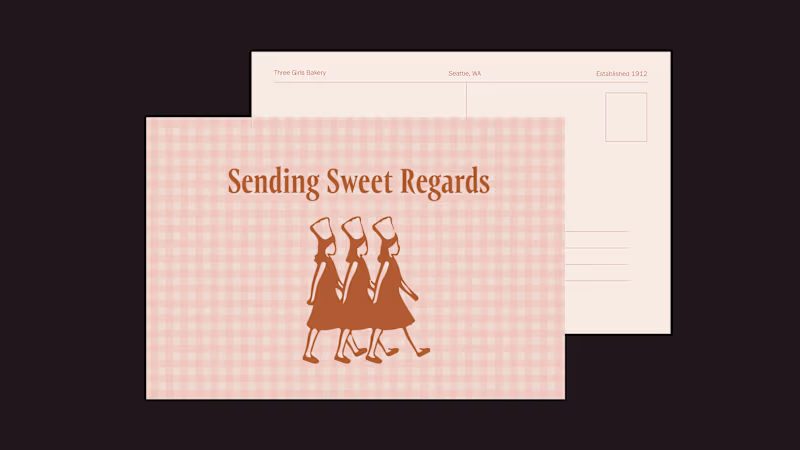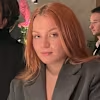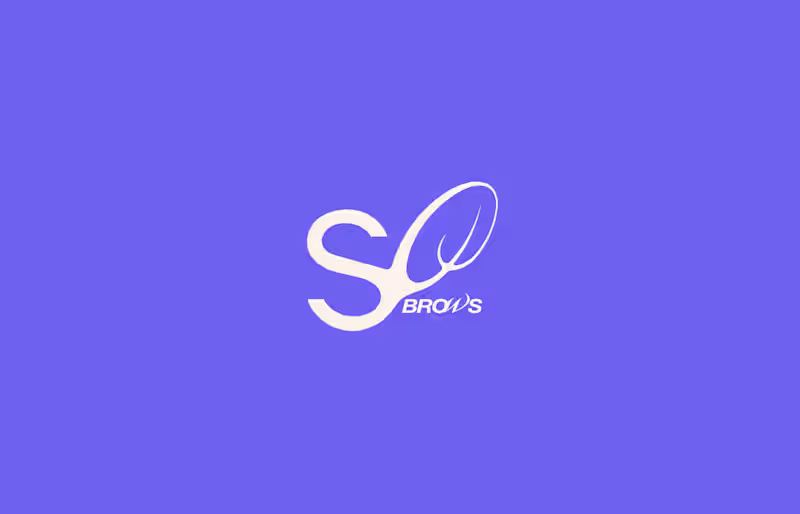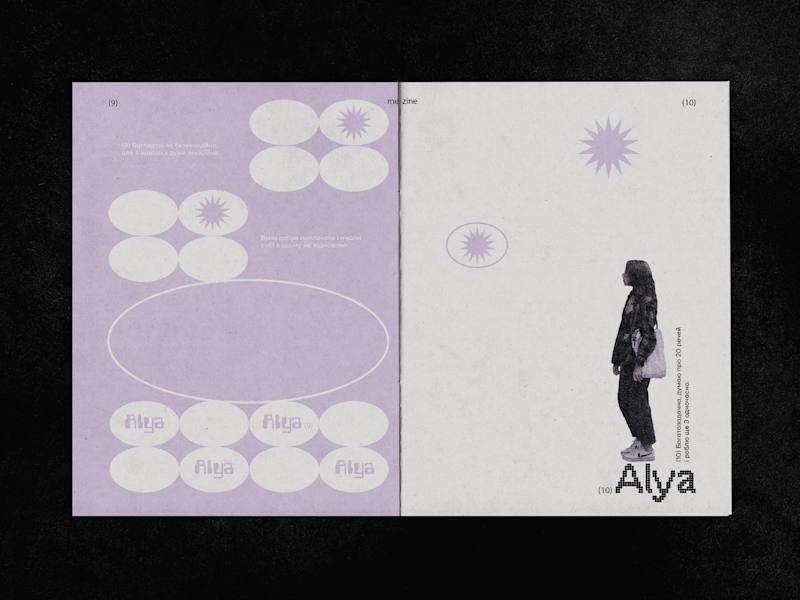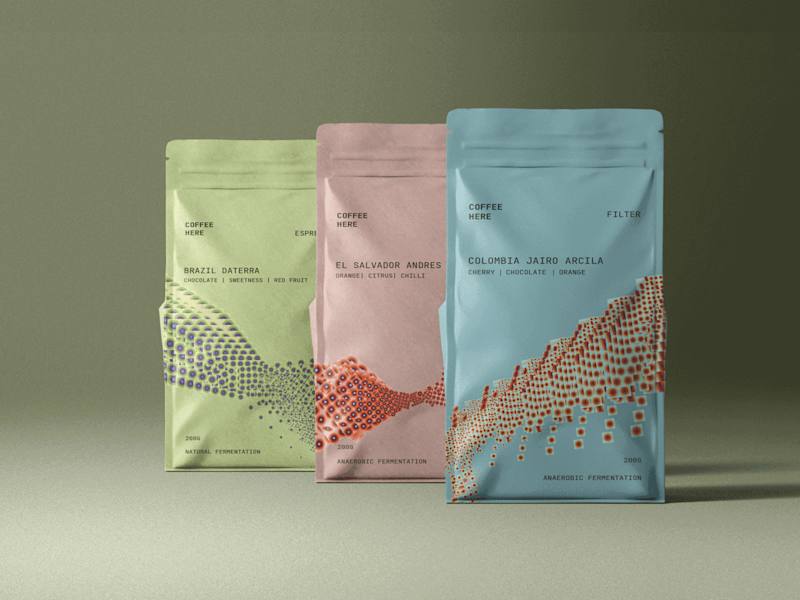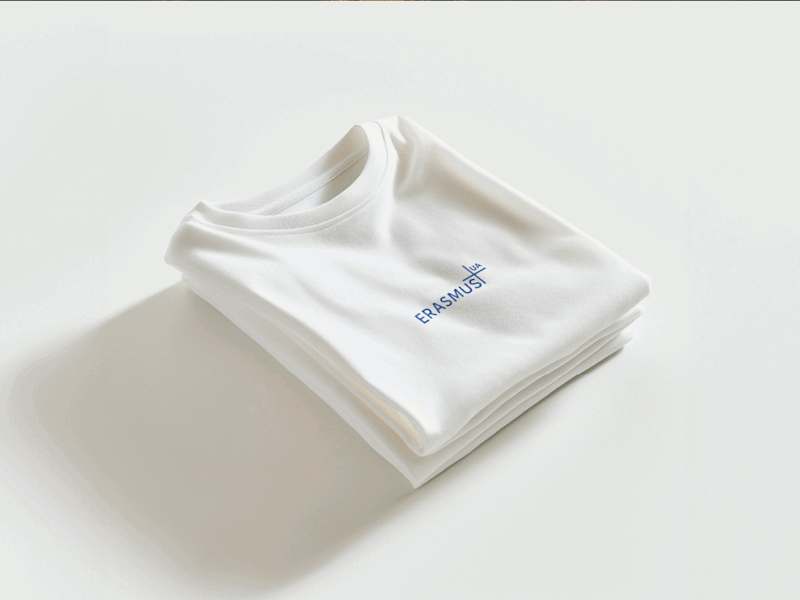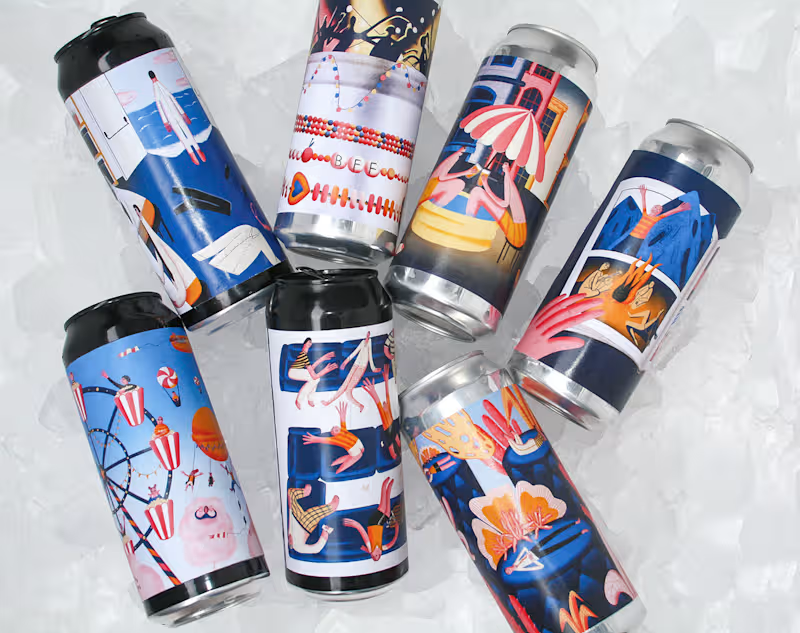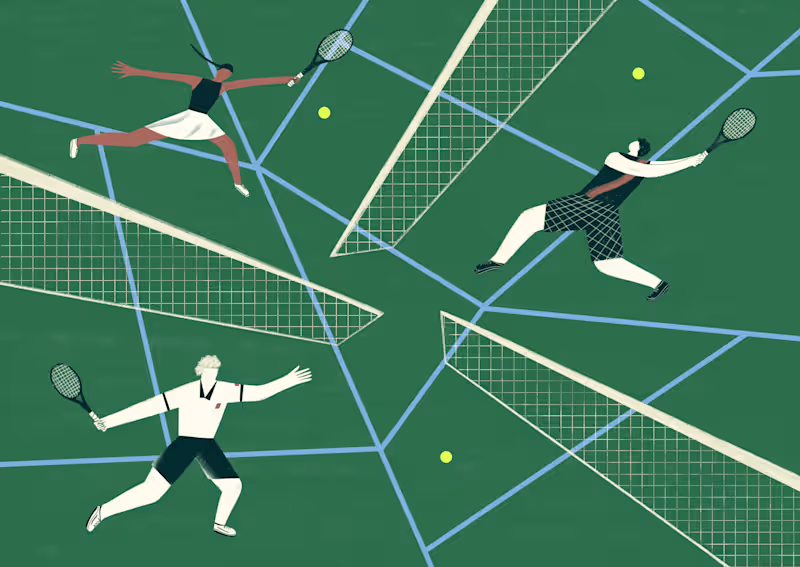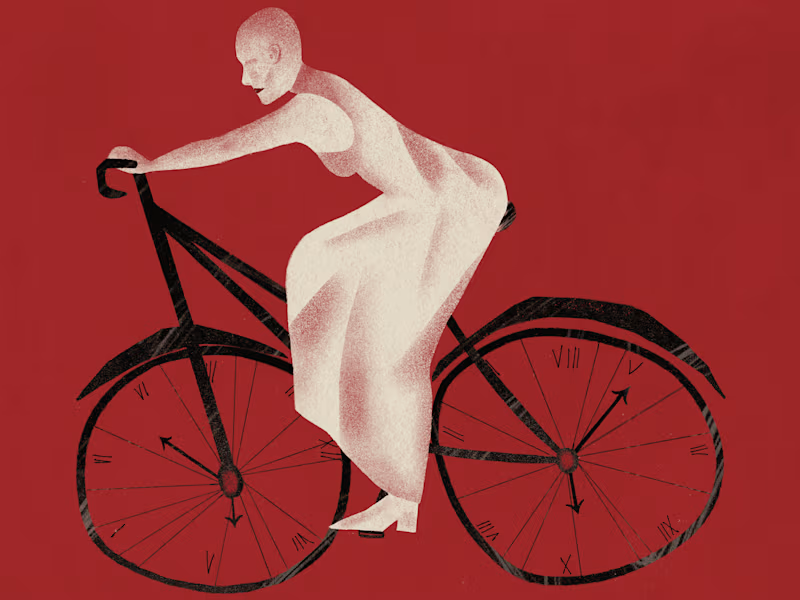What should I look for in an editorial design portfolio?
Check if the portfolio has a variety of styles. Look for creativity and attention to detail. See if the designer has worked on similar projects before.
How can I ensure that the editorial designer understands my project vision?
Share a clear brief with all project details. Include any specific styles or examples you like. Ask the designer to share their approach to make sure they understand your needs.
Why is it important for an editorial designer to understand my target audience?
The designer should know who will read your content. This helps them create designs that appeal to your audience. A design that fits the audience makes the project successful.
How do I set realistic timelines for my editorial design project?
Discuss deadlines with the designer at the start. Check how much time the designer needs for quality work. Make sure the timeline matches both your and the designer’s schedules.
What should my contract with an editorial designer include?
Include project details like scope, deadlines, and deliverables. Make sure to agree on revisions and how feedback will be handled. Clear terms help avoid misunderstandings.
How can I track the progress of my design project?
Set up regular meetings or check-ins. Ask for updates and draft submissions at agreed milestones. This helps catch issues early and ensures the project stays on track.
Why should I ask for samples of previous work related to my project?
Previous work shows the designer's experience with similar projects. It helps you see if their style matches what you want. Seeing past success can boost your confidence in their ability.
How do I make sure feedback is constructive for an editorial designer?
Be clear and specific with your feedback. Focus on what works and what needs changes. Constructive feedback guides the designer while keeping the project positive.
What are good practices for keeping communication open during a project?
Use agreed platforms to share updates and feedback. Respond quickly to messages and questions. Open communication helps build a strong working relationship.
Who is Contra for?
Contra is designed for both freelancers (referred to as "independents") and clients. Freelancers can showcase their work, connect with clients, and manage projects commission-free. Clients can discover and hire top freelance talent for their projects.
What is the vision of Contra?
Contra aims to revolutionize the world of work by providing an all-in-one platform that empowers freelancers and clients to connect and collaborate seamlessly, eliminating traditional barriers and commission fees.





























